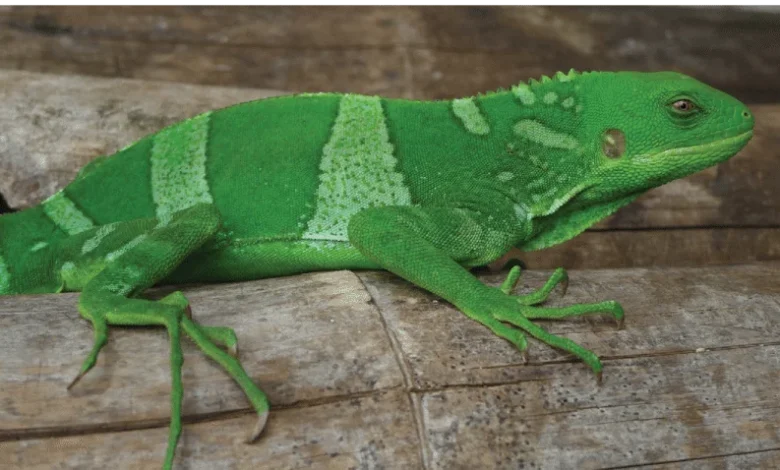Chameleónovité (Chamaeleonidae): Fascinating World of Chameleons

The term chameleónovité refers to the reptilian family Chamaeleonidae—a group of highly specialized lizards known for their ability to change color, unique body adaptations, and captivating behaviors. These creatures have inspired curiosity across cultures and ages.
Let’s journey into the intriguing world of chameleónovité, uncovering their biology, behavior, diversity, and importance in both ecosystems and human culture.
1. Taxonomy and Origins of Chamaeleonidae
Chameleónovité (Latin: Chamaeleonidae) belong to the infraclass Iguania, order Squamata, class Reptilia. Originating likely in East Africa, they later dispersed across Madagascar, Africa, parts of Asia, the Arabian Peninsula, and even southern Europe—regions such as Cyprus, Crete, Malta, Spain, and Portugal.
This family comprises roughly 150 recognized species—a figure that fluctuates due to ongoing taxonomic revisions. Among them:
-
The smallest, Brookesia micra, measures just 30 mm.
-
The largest, like Furcifer oustaleti, can grow to nearly 80 cm in length.
These reptiles have evolved remarkable physical traits that enable them to thrive in diverse environments—from tropical forests to arid savannas and even urban gardens.
2. Distinctive Anatomy and Adaptive Traits
What sets chameleónovité apart are their unique and specialized features:
-
Zygodactylous feet: Each limb has toes grouped into opposable bundles for gripping branches—three connected digits on one side, two on the other.
-
Prehensile tails: Many species use their tails as a fifth limb to anchor onto vegetation.
-
Independent, turreted eyes: Chameleons can rotate their eyes independently, offering a complete 360° field of view—perfect for predator avoidance and hunting
-
Color-changing skin: Color shifts aren’t just for camouflage; they reflect emotional states, temperature, health, and communication.
-
Helmet-like cranial structures: Prominent in some species (e.g., Veiled Chameleons), these help with thermoregulation and display.
These features perfectly illustrate how evolutionary pressures forged one of nature’s most fascinating reptilian families.
3. Natural Habitat and Geographical Distribution
Chamaeleonidae inhabit a wide range of ecosystems:
-
Tropical and montane rainforests with rich foliage for concealment.
-
Savannas, scrublands, semi-deserts, and steppes in Africa and beyond.
Most species are arboreal, living in trees and bushes, but some—especially dwarf chameleons—are terrestrial, dwelling under leaf litter.
Notably, the Common Chameleon (Chamaeleo chamaeleon) is the only species native to Europe, found around the Mediterranean basin, North Africa, the Middle East, and parts of southern Europe.
4. Fascinating Behaviors and Communication
Chameleónovité display several striking behaviors:
-
Color signals for social communication: Males display vibrant colors during courtship or to assert dominance, while females signal receptivity through distinct patterns.
-
Lone hunters: They ambush prey using their rapid projectile tongues, which can extend impressively relative to their body length.
-
Solitary lifestyle: These reptiles are typically reclusive and territorial, preferring to live alone.
Their behavior, especially the color shifts, reflects both biology and mood—making them uniquely expressive creatures in the reptile world.
5. Conservation Status and Threats
While not explicitly detailed in our sources, chameleons face significant threats:
-
Habitat loss due to deforestation and land conversion.
-
Illegal pet trade, which particularly affects brightly colored or rare species.
-
Climate change, altering their habitat suitability and microclimate conditions.
For example, the Chamaeleo chamaeleon populations are monitored and regulated under CITES, highlighting conservation concerns.
Protecting chameleónovité requires habitat preservation, responsible trade regulation, and public awareness—essential steps to safeguard these ecological marvels.
6. Chameleons as Cultural Symbols and Popular Fascination
Across cultures, chameleónovité have become symbols of:
-
Adaptability and camouflage—often used metaphorically for people who shift their beliefs or appearances.
-
Their colorful skin patterns and serene movement inspire art, design, and storytelling.
Beyond symbolism, chameleons are sought-after in the exotic pet trade—though successful care requires precise environmental setups, UV lighting, humidity control, and temperature management. Veiled Chameleons (Chamaeleo calyptratus) and Panther Chameleons (Furcifer pardalis) are particularly popular, thanks to their striking appearance.
Conclusion
The Slovak chameleónovité—or the family Chamaeleonidae—are extraordinary reptiles characterized by exceptional adaptation, expressive behavior, and ecological diversity. From the smallest dwarf species to the grand European chameleon, these creatures captivate scientists and enthusiasts alike.
Understanding their biology, behavior, habitats, and conservation status enriches our appreciation for these masters of color and camouflage. As we learn more, we’re reminded to protect and respect the delicate balance of their existence.




